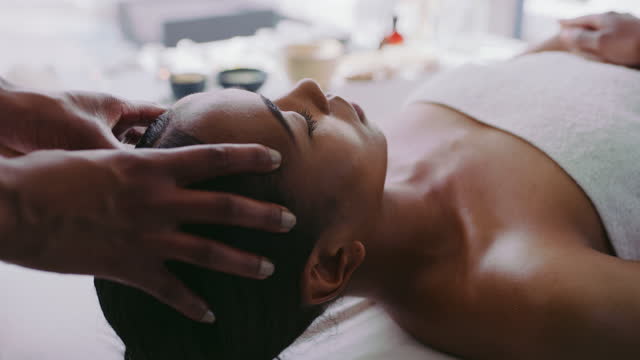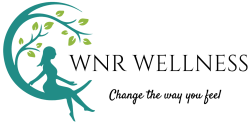WINE N RUBS SERVICES
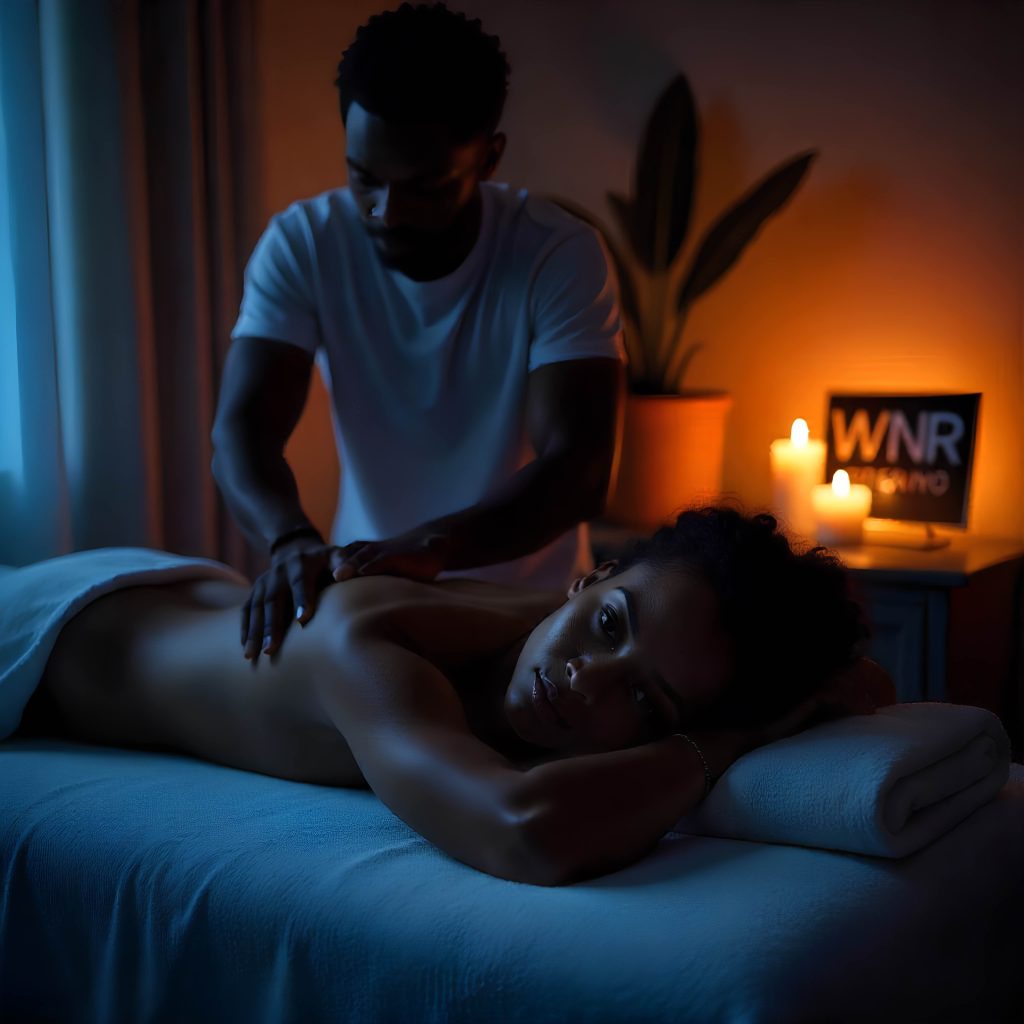
FEMININE FLOW THERAPY
An immersive full-body experience designed to reset, release and realign. Begin with specialized lymphatic drainage and intuitive assisted stretching to stimulate circulation, support hormone balance, and ease emotional tension. Flow into a deep aromatic massage using a custom oil blend crafted to awaken feminine energy. The ritual closes with grounding breathwork and energy alignment to bring your body, mind, and spirit back into divine harmony.
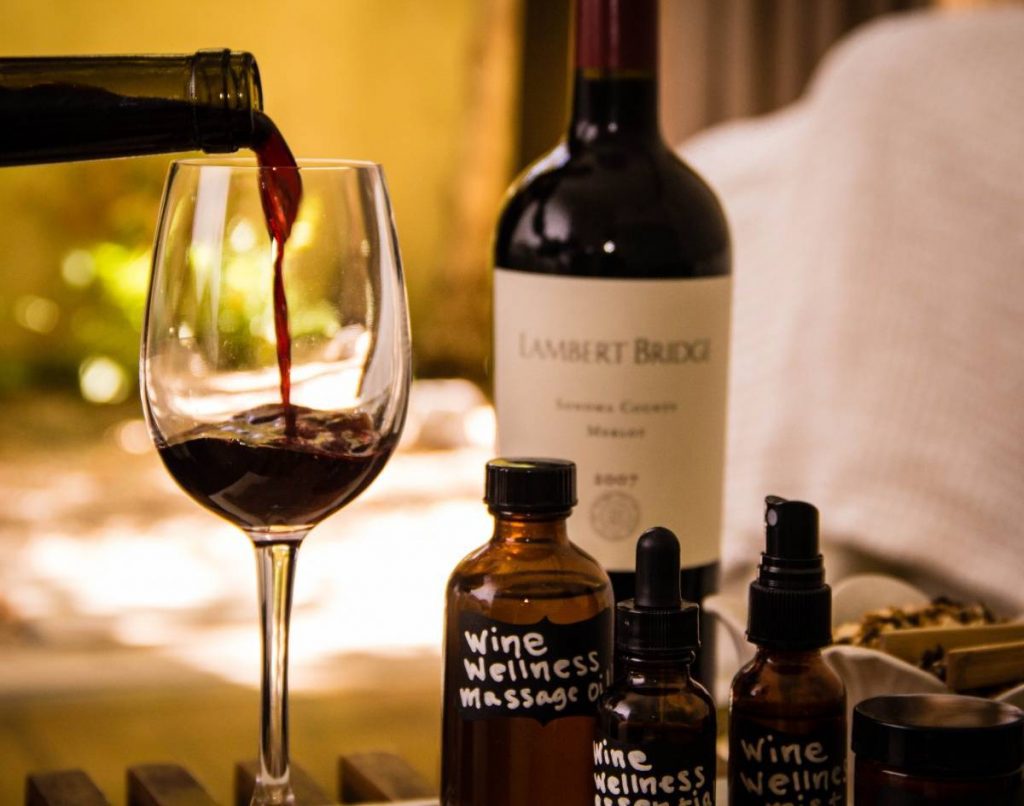
WINENRUBS SIGNATURE PACKAGE
This is the pride of WINE N RUBS, An experience to hold on forever, it's a winenrubs pride. Get a face scrub, full body scrub, Luxury massage with certified original natural essential herbs extracts, a complimentary bottle of wine. It's a deal you can't say NO to.

SENSUAL MASSAGE
It may be near the sound of sth sexual, but that doesn’t mean it is. The Therapeutic massage is actually known as the “awakening” massage. If you’ve forgotten the sensuality of your body, this is the massage for you. A massage therapist usually applies stroking, and friction using their body to loosen muscular tension and intensfy your feelings. The therapist uses massage oil to ease the hand strokes and movements. Before you start, you should expect a consultation to ask about any particular tough spots or areas to avoid. This massage will take place on a massage table and usually lasts between 60-180 minutes. .
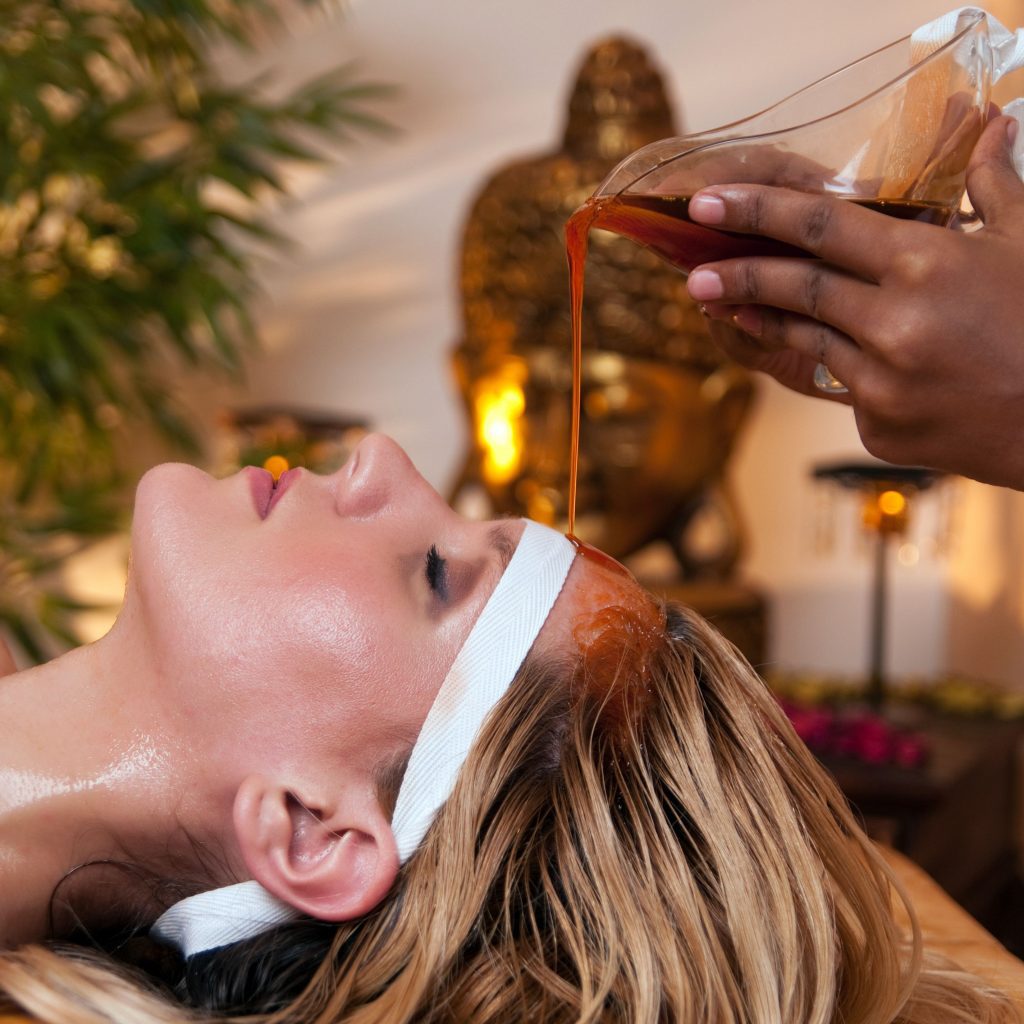
Ayurveda Massage
The Ayurvedic practice of abhyanga, or oil massage, touts physical benefits like released muscle tension, lymphatic drainage, and more nourished skin from head to toe.
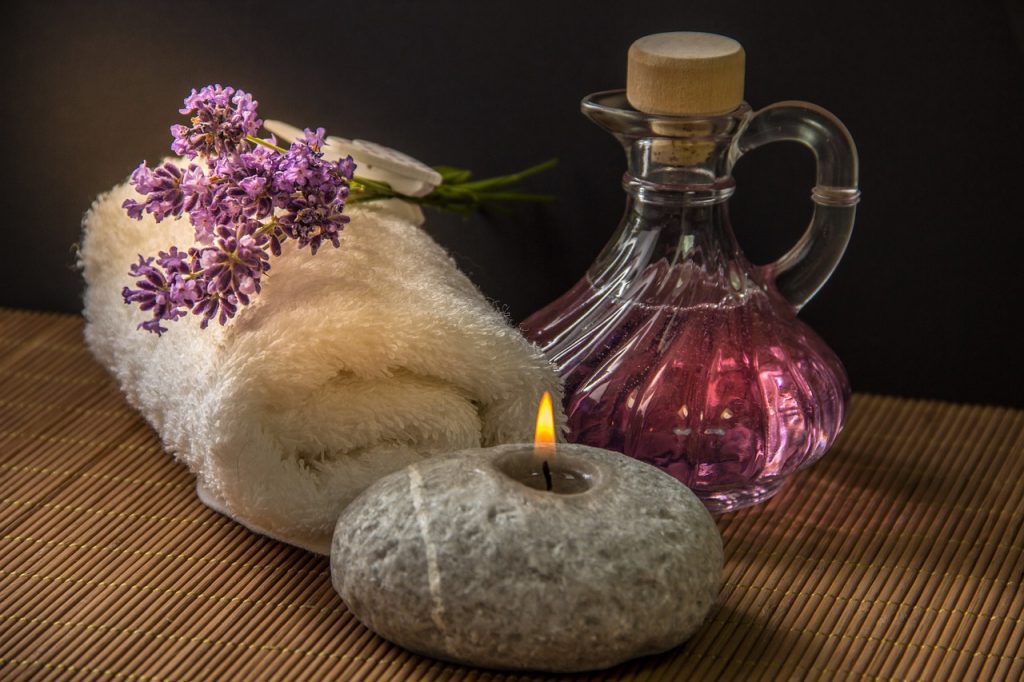
THERAPEUTIC MASSAGE
The Luxury Therapeutic massage was developed using classic massage techniques with the primary aim to promote relaxation and overall well being. This treatment is perfect for anyone who just need to feel fully restored.
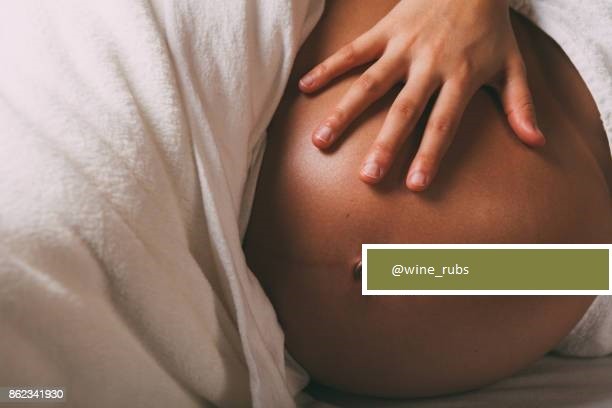
PreNATAL Massage
Pregnancy is no walk in the park, and massage can help ease those aches and pains. Getting a massage during your pregnancy has all kinds of benefits including hormone regulation, improvement of nerve pain, reduced swelling, reduced back and joint pain, and even better sleep. Of course, you likely won’t be able to use a typical massage table and lay on your stomach, especially after the first trimester. Pregnancy massage uses different positions to accommodate your shape. Although the practice is considered safe, it’s also best to find a therapist who is certified in prenatal massage.
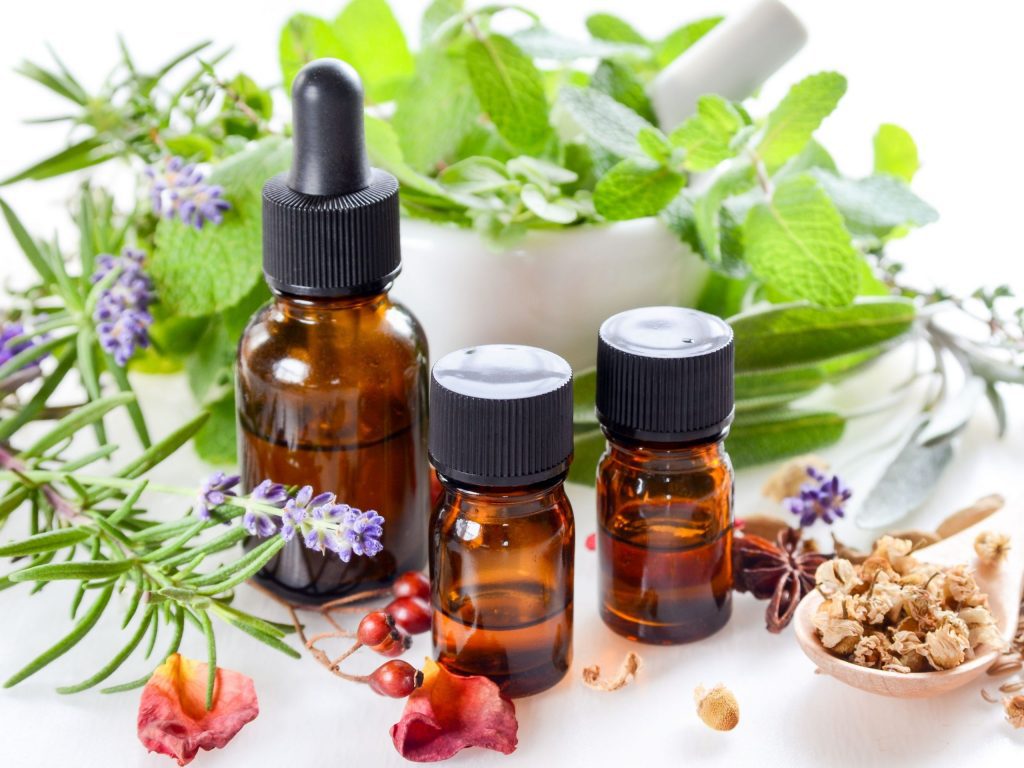
Aromatherapy Massage
Aromatherapy massage integrates essential oils into the massage experience. The use of essential oils dates back thousands of years to ancient Egypt, where they often gave scented massages and aromatic baths. .
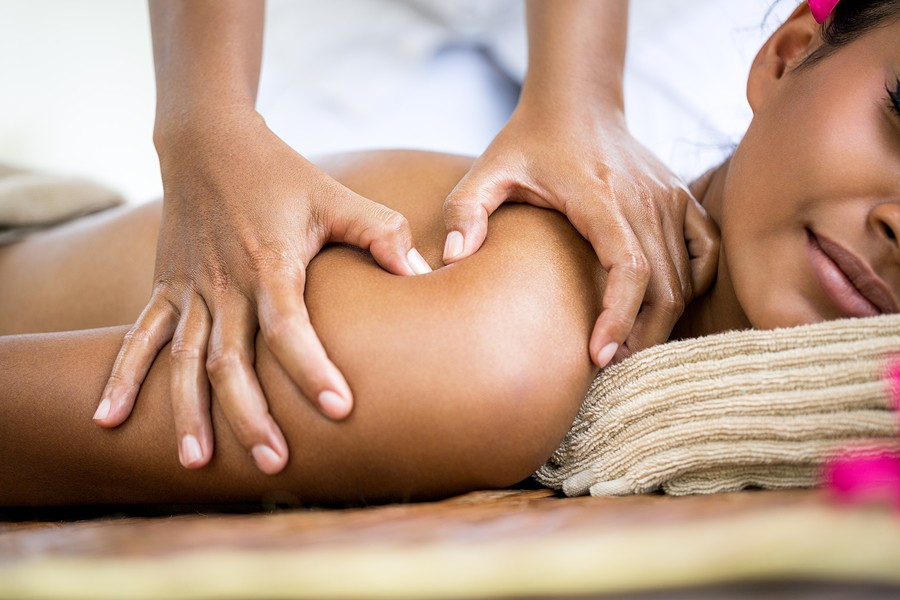
Deep Tissue Massage
Deep tissue massage focuses on relieving severe muscle tension. It’s especially effective if you have musculoskeletal disorders, postural problems, or chronic muscle pain and tension. Massage therapists often use their knuckles, hands, and elbows to really dig in. Avoid deep tissue massage if you have inflamed joints or ailments like lupus, because the vigorous nature of the massage could worsen a flare-up. Another important note: deep tissue massage shouldn’t be confused with deep pressure massage. While deep tissue focuses on layers of muscles and fascia, deep pressure massage focuses on the entire body. .
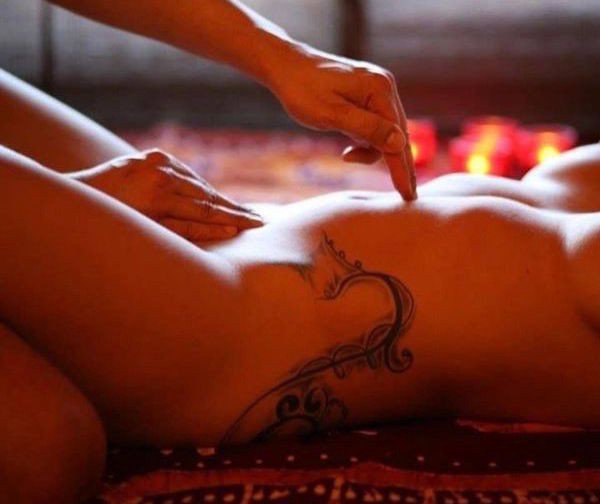
sacred feminine therapy | YONI
Yoni massage is a type of sensual massage. It is one of the tantric practices that aim to create intimate connections between people. People can also practice yoni massage alone as a way to get to know their bodies. People often think of tantra synonymously with tantric sex, but sex is only one aspect of tantra. Yoni massage is not about sex or foreplay but about getting to know oneself and what feels good.
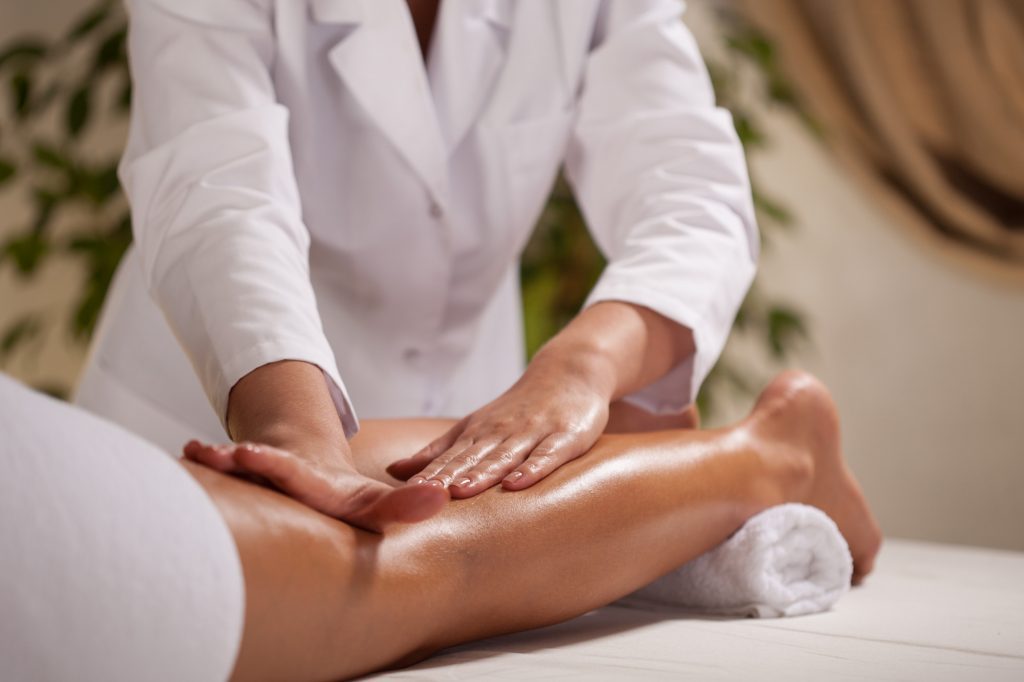
Sport Massage
Athletes work their bodies hard, which is why there’s an entire industry around specifically-tailored sports massage. You may take advantage of a sport massage before, during, or after athletic events. This helps relieve performance-related pains, promote flexibility, and even ward off potential injuries. Massage therapists often combine massage techniques, such as deep tissue massage or acupuncture, to tailor to the athletes’ and sports’ particular needs.
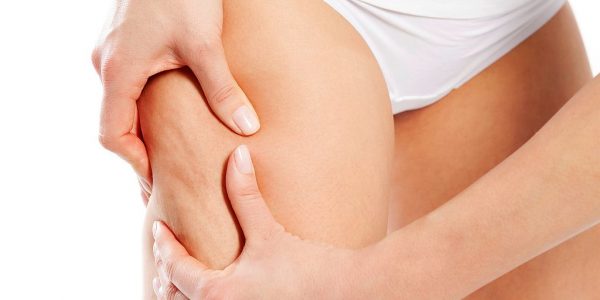
ANTICELLULITE MASSAGE
Anti cellulite massage is designed to reduce and combat cellulite over a period of continued therapy. A special massage technique is used to massage the bulging fat and to knead the muscles and “roll” the bulging fat away thereby combating the physical cause of cellulite – bulging fat and stretched collagen strands

LYMPHATIC DRAINAGE
Manual Lymph drainage (MLD), is a technique developed by the Vodders (Dr. Emil Vodder and his wife, Estrid) in 1936 in Paris for treatment of swollen lymph nodes. MLD is a light, skin-stretching massage that helps promote the movement of lymphatic fluid out of the swollen limb. It should not be confused with a traditional massage. MLD is specifically focused on the lymph vessels to help the flow of lymphatic fluid. Therapy is applied to your unaffected areas first, making it possible for the fluid to move out of the affected area, or “decongest” the region. MLD helps open the remaining functioning lymph collectors and move protein and fluid into them, as well as to help speed up lymph fluid flow through the lymphatics.
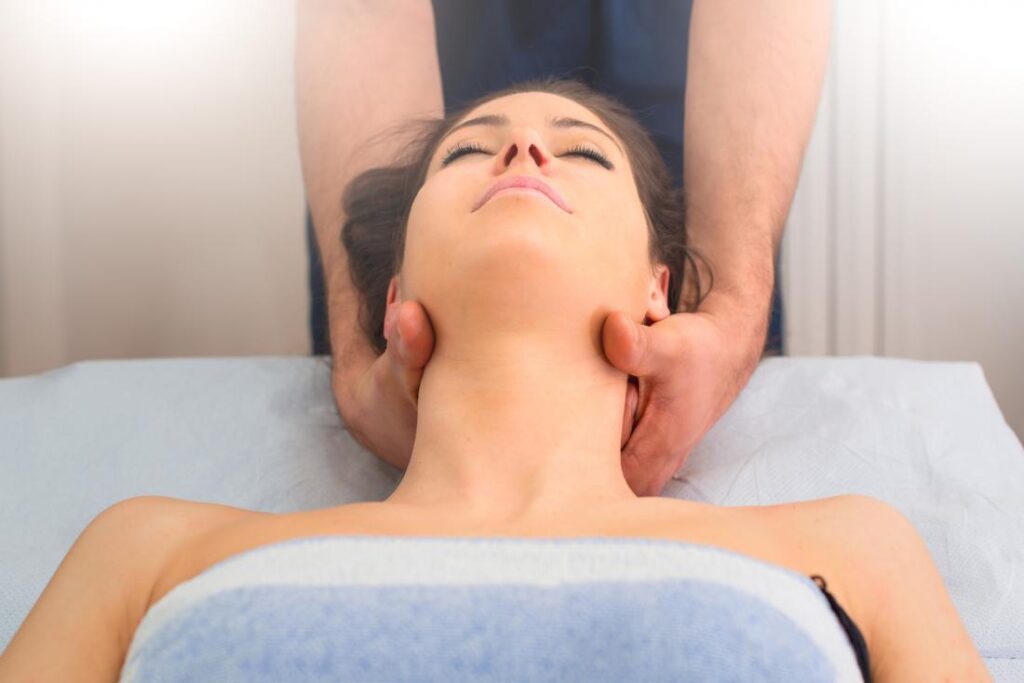
CRANIAL SACRAL THERAPY
Craniosacral therapy involves applying gentle pressure and manipulation to the joints in the skull, spine, and parts of the pelvis. CST is a non-invasive, hands-on therapy that aims to enhance the body’s own healing capabilities. According to the Upledger Institute, CST uses a touch of under 5 grams to “release restrictions in the craniosacral system to improve the functioning of the central nervous system.” This light touch is said to affect the pressure and circulation of cerebrospinal fluid, which is the fluid around the brain and spinal cord. This process is thought to relieve pain and dysfunction.
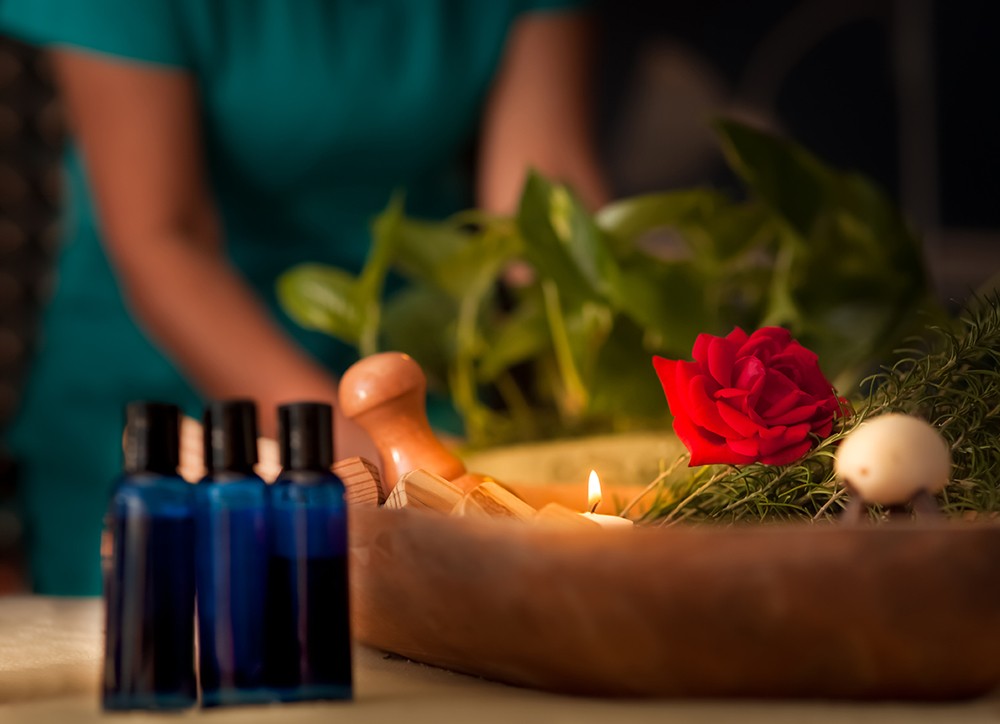
MYOFASCIAL RELEASE
Myofascial release is a type of physical therapy often used to treat myofascial pain syndrome. Myofascial pain syndrome is a chronic pain disorder caused by sensitivity and tightness in your myofascial tissues. These tissues surround and support the muscles throughout your body. The pain usually originates from specific points within your myofascial tissues called “trigger points.” Myofascial release focuses on reducing pain by easing the tension and tightness in the trigger points. It’s not always easy to understand what trigger point is responsible for the pain. Localizing pain to a specific trigger point is very difficult. For that reason, myofascial release is often used over a broad area of muscle and tissue rather than at single points.
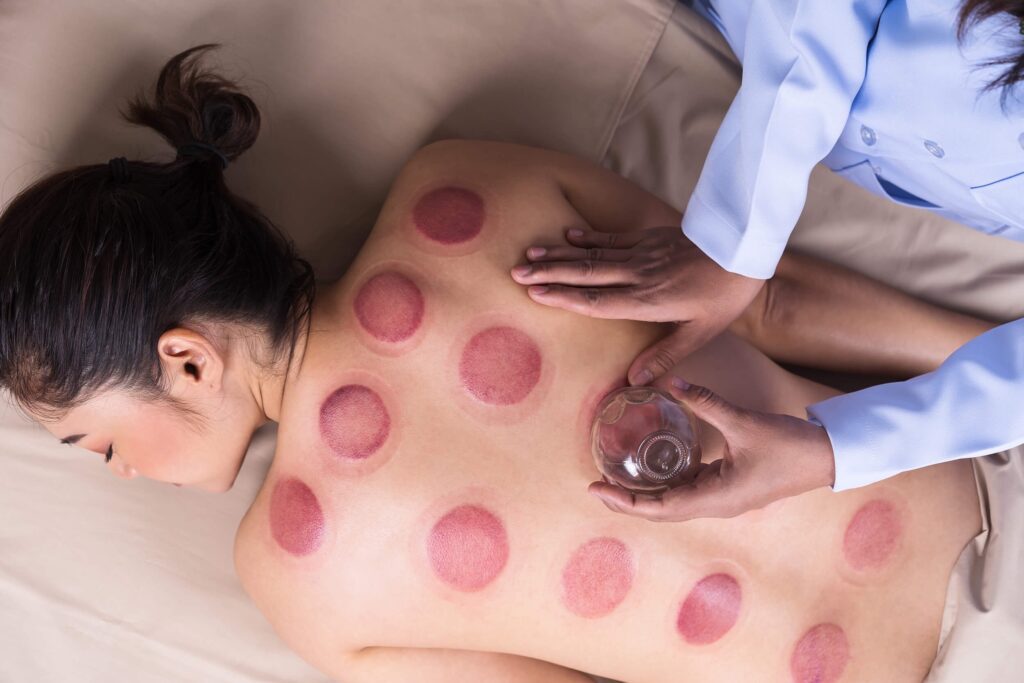
CUPPING THERAPY
Cupping therapy is often used to loosen stubborn knots, stimulate the nervous system, and increase blood flow. Compared to traditional deep-tissue massage, cupping allows us to get deeper into the tissue with less discomfort, both during and after massage. The cupping process begins with therapist placing the cup on the area that is being addressed. After this, a pump is activated to remove the air from the cup, the therapist then glide the cups over the skin, allowing the strong vacuum suction to mimic the skin-rolling action of a deep-tissue massage. However, this technique leaves marks that look like bruises, but they are actually visual signs of toxins that have been pulled from within the skin. Marks typically fade away after a few days.

POSTPARTUM MASSAGE
Postpartum massage can be very helpful in restoring the body’s condition after pregnancy. The body needs help more than ever, after carrying so much extra weight for so long. In addition to relieving all of the common aches and pains. Massage can also help restore skin conditions, including stomach area. It has fewer contradiction than prenatal massage since there is no danger to the baby. However, it is important to be careful especially during the first month after giving birth to avoid deep work in parts of legs in case any blood clots have developed.
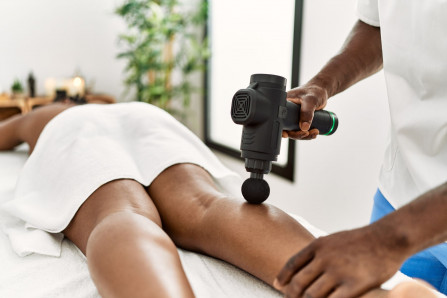
PERCUSSION MASSAGE
Percussion therapy (aka percussive therapy) is exactly what it sounds like: a type of rhythmic massage that pummels your soft tissue with rapid striking motions. Why would you want to do that? It helps get your blood circulating to relieve post-workout soreness and speed up muscle recovery. Some folks also use it as a part of their exercise warmup. Instead of a massage therapist’s hands, percussion therapy involves a massage gun. Percussion therapy is also similar to vibration therapy, which could include vibrating plates, foam rollers, or handheld devices. Massage guns take vibration to the next level by dialing up the pressure.
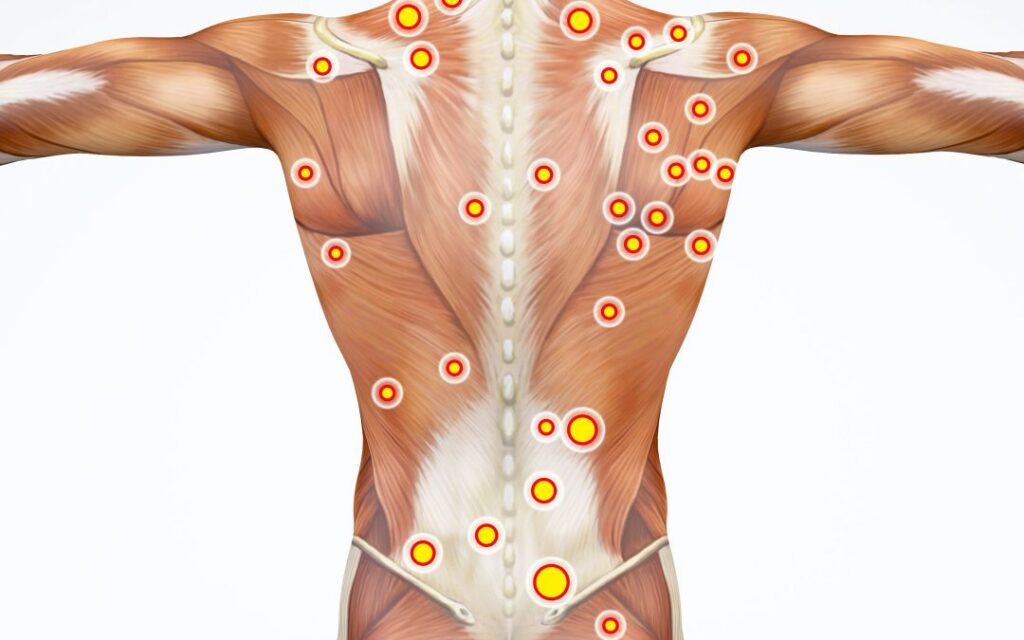
TRIGGER POINT THERAPY
A trigger point is a tight area within muscle tissue that causes pain in other parts of the body. A trigger point in the trapezius muscle, for example, may produce referral pain in the neck. The neck, now acting as a satellite trigger point, may then cause pain in the head. The pain may be sharp and intense or a dull ache. Trigger point massage therapy is specifically designed to alleviate the source of the pain through isolated pressure and release. In this type of massage for trigger point therapy, the client actively participates through deep breathing as well as identifying the exact location and intensity of the discomfort. The results and benefits of trigger point massage are releasing constricted areas in the muscles, therefore, alleviating pain. You can experience a significant decrease in pain after just one treatment. Receiving massage with trigger point therapy on a regular basis can help naturally manage pain and stress from chronic injuries.
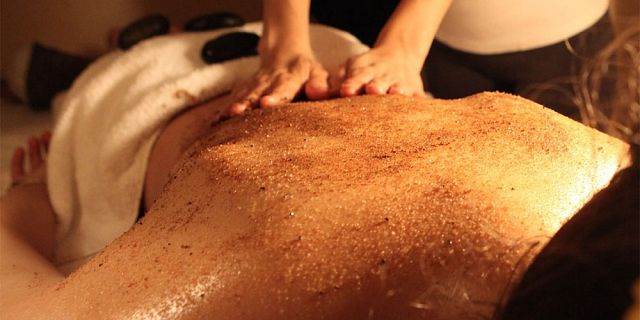
ECSTASY
Gently remove old skin cells and kick start a rejuvenation of your body., Self Exfoliate your skin with certified products and relax with a luxury relaxing massage.
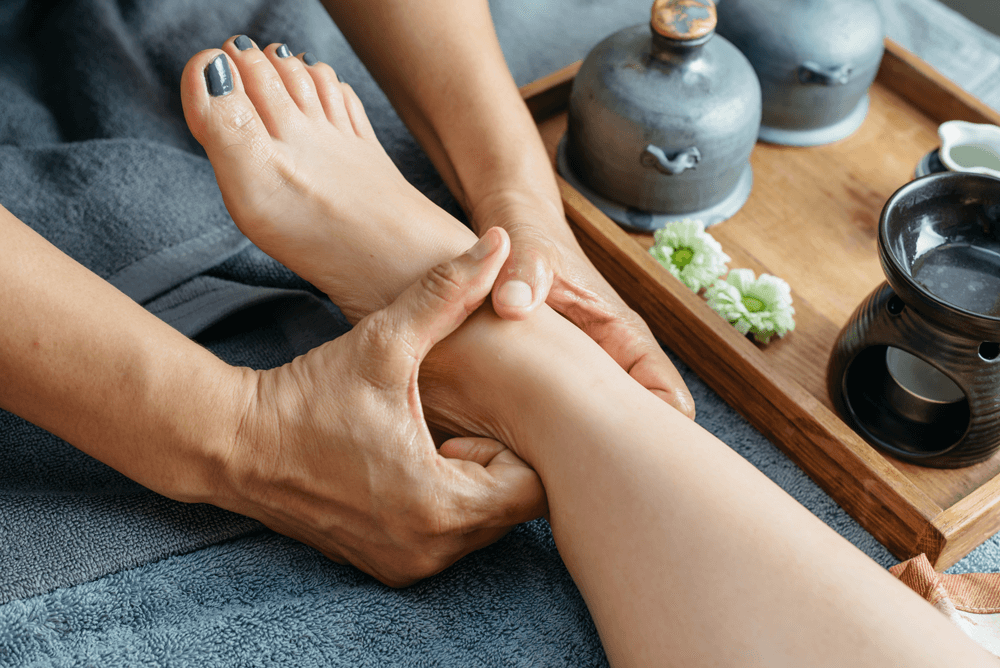
REFLEXOLOGY
Reflexology is a treatment where the therapist works on reflex points on your feet, hands, and ears that are thought to relate to specific organs and glands in the body. reflexology is a deeply relaxing treatment with benefits that can be felt throughout the body. Regardless of your health condition(s) (for example, migraine, nausea, sciatica, etc.), the therapist focuses on the entire pattern of the reflexology therapy, starting at the toes and working down the foot. A complete reflexology therapy session uses many different techniques and includes all of the points on both feet and hands. By working all of the points, the therapist will address muscle groups, bones, nerve during a session. If you have a specific condition, such as migraines, the therapist will carefully feel and work the area corresponding to the presenting problem. However, they will also work in all areas of the foot with either firm or gentle pressure, which allows the nerve pathways and congestion to release and promotes the relaxation response for the entire body.
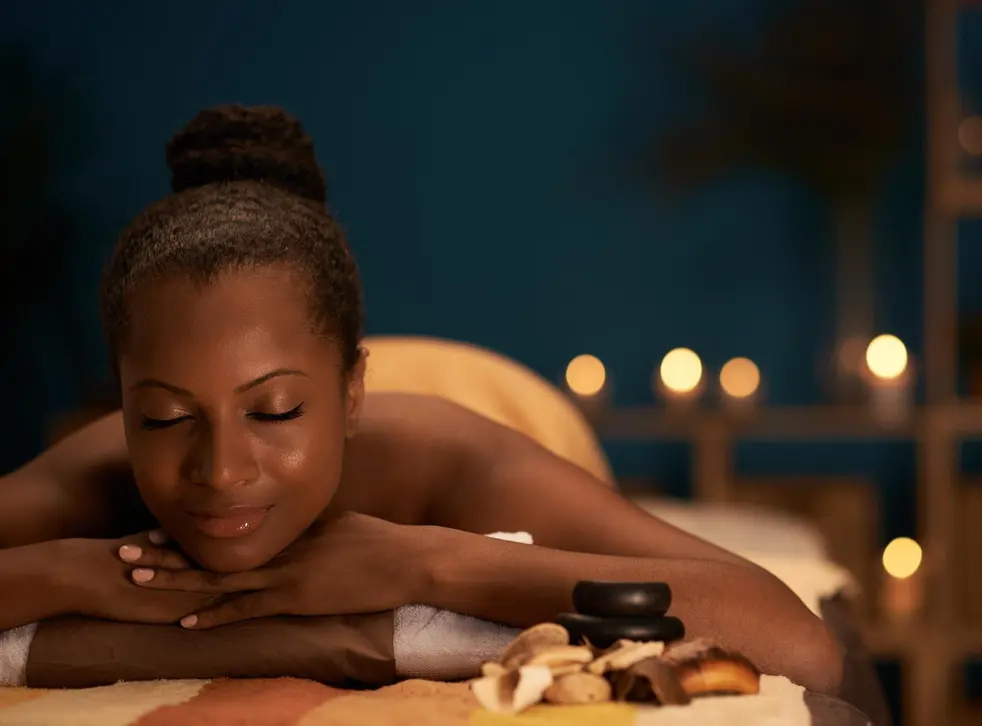
EXPRESS MASSAGE
We understand time is limited with most clients, so we created this massage for those wanting to concentrate on specific problem areas such as shoulder back, and neck.
